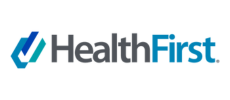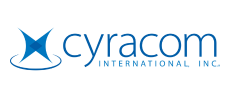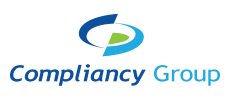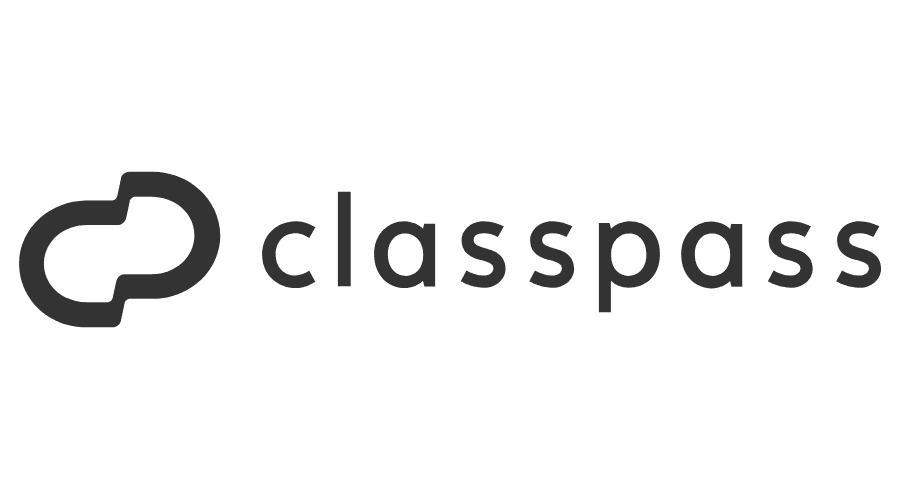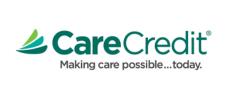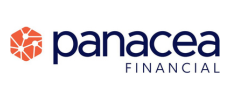
Join or Renew
Today for 2025
KMOM Volunteer Registration Now Open
Sign up to volunteer at our upcoming KMOM in 2025 in Hutchinson, KS
KMOM Volunteer Hotel Information
Now Available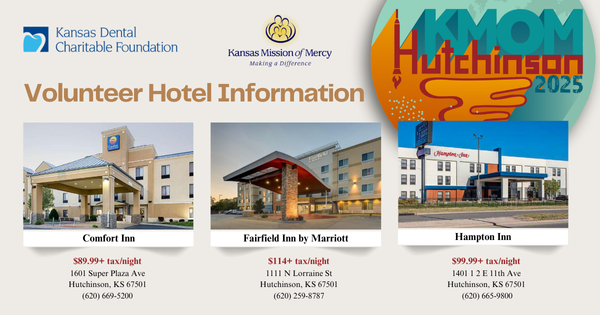
A New Login Experience
We’re updating how you log in to your [state/local society name] and ADA account. Learn more.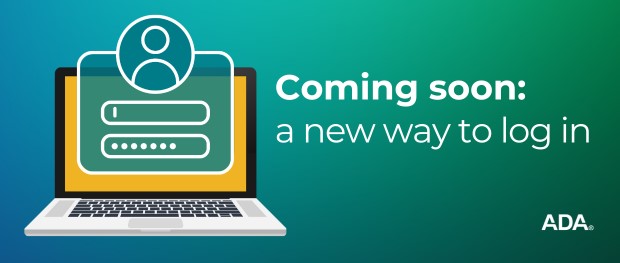
Stay Up To Date Always
on your time! Don't forget to subscribe!
The Journal of the KDA
digital copy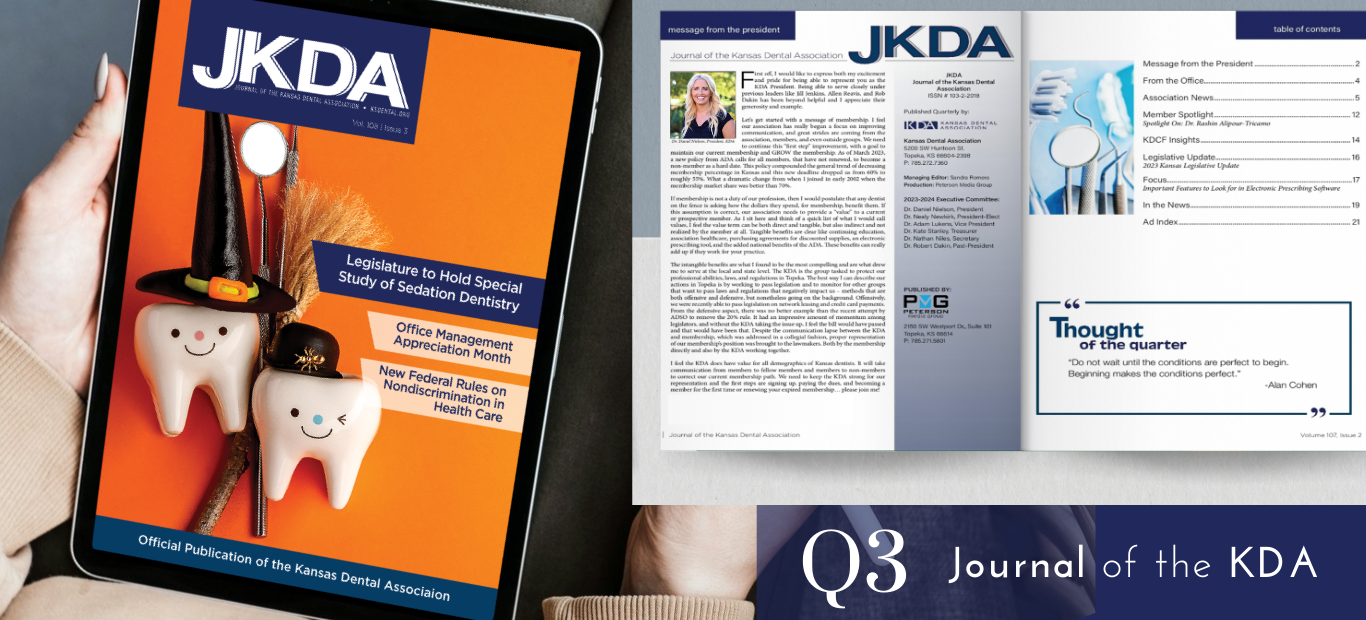
We Want Your Feedback
60 Seconds or Less!TFB Dental Practice Planning
View TodayCheck in on yourself
Assess your levels of well-being with this Mayo Clinic tool..png?sfvrsn=c1a6373d_3)

KDA News Updates & Notices
After Medicaid Cuts, Top Kansas Dentist Drops Two KanCare Insurers
Originally published by the Kansas Health Institute
Written by Andy Marso
The president of the Kansas Dental Association said he has stopped taking patients from two of the state’s three KanCare insurance companies because of a 4 percent Medicaid reimbursement cut initiated by Gov. Sam Brownback’s administration.
Dr. John Fales, a pediatric dentist from Olathe, said Scion — the dental benefits manager for United HealthCare and Amerigroup — has told him it will implement the cut before it is approved by the federal Centers for Medicare and Medicaid Services.
“When the 4 percent cut was announced, it was just more insult to the injury we were already feeling of trying to provide care and not being reimbursed for what that care costs,” Fales said.
The third KanCare insurance company, Sunflower State Health Plan, uses its own dental benefits manager, Dental Health and Wellness. Fales said that group is holding off on the cuts and its administrators generally have been easier to work with than Scion’s.
“I thought this was probably as good an opportunity as we were going to have to let the state know that there comes a point where it just is not possible to continue to provide that care as a private practitioner,” he said.
The financial picture is even tougher for dentists in rural areas, Fales said. Every dentist has certain fixed costs, and being able to draw more patients from a densely populated area like Johnson County helps Fales defray them.
Fales wrote to federal officials about the 4 percent cut in July. He said he also wrote a letter to Brownback and has met with Lt. Gov. Jeff Colyer, a plastic surgeon, to discuss his concerns about cuts for providers who treat patients in KanCare, the state’s privatized Medicaid program.
Download the Letter by John Fales on Medicaid Reimbursement Reductions
Kansas Department of Health and Environment officials have until Sept. 30 to submit a plan on the 4 percent cut for CMS approval. But KDHE is allowed under federal rules to implement cuts prior to approval and did so on July 1.
The KanCare companies — and their subcontractors — can decide whether to absorb the cuts or pass them on to providers.
When asked about Fales’ decision to drop the two KanCare companies, Angela de Rocha, a spokeswoman for state agencies, said in an email that “KDHE is sorry he has reached this decision and hopes he will reconsider in the future.”
No increases for 15 years
Fales said the 4 percent cut was the last straw for him in dealing with a Medicaid system that long has been a financial loser for his dental practice and others.
Medicaid reimbursements for dental care haven’t increased since 2001 and now pay less than 40 percent of private insurance reimbursements, he said.
Fales’ decision to drop two of the three companies affects about 400 patients, but he has agreed to complete any outstanding care they need and work to find them other Medicaid providers or alternative means of payment.
“We haven’t nailed those down completely, but we have actually been engaging in conversations with patients, parents and guardians to come up with a way where we can still provide that care,” Fales said.
Kansas dentists have been dropping out of the Medicaid program for years because of complicated billing processes and low reimbursements. Adults and Kansans with disabilities on Medicaid report having a particularly hard time finding a dentist.
Dr. John Fasbinder, a Prairie Village dentist who has said the low Medicaid reimbursements are hurting disabled Kansans, called Fales “one of the most caring and giving pediatric dentists I’ve ever met.” He said Fales is standing on principle in dropping two of three KanCare companies.
Fasbinder, who takes KanCare patients, said despite Fales’ leadership position, he doesn’t think other dentists will necessarily follow suit.
“I don’t believe he advocates to any providers to drop KanCare, and I doubt if there will be any exodus of providers,” Fasbinder said via email. “On the other hand, I don’t see any providers rushing to sign up to see Medicaid patients.”
Seeking solutions
Fales said the switch to KanCare in 2013 intensified dentists’ discontent with Medicaid because instead of navigating just one billing system — the state — they now have to navigate several with different rules.
He said many of his colleagues now treat some KanCare patients but just do the work for free because the Medicaid reimbursements don’t offset the hassles of billing Medicaid.
“I don’t think it even comes close,” Fales said.

The number of practicing dentists in Kansas grew from about 1,400 in 2009 to almost 1,550 in 2015.
But he said relying on charity care to fill the gap left by lagging Medicaid reimbursements is not a sustainable solution. The Kansas Dental Association estimates its members already are giving away $40 million in free care per year.
Brownback said the 4 percent cut was necessary to balance the state budget, but he later said he would support reversing it in the next legislative session and replacing it with a tax on hospitals.
Fales said that’s not a viable solution.
He also said that creating a new license for mid-level dental providers who could do more care than hygienists but less than dentists is not a silver bullet for Medicaid patients either.
The number of practicing dentists in Kansas grew from about 1,400 in 2009 to almost 1,550 in 2015, Fales said (see above chart - provided by the Kansas Dental Association). While he said there may be few dentists in some regions, there’s no shortage of dentists statewide — just a shortage of those willing to take Medicaid.
Fales said Kansas should look to Texas, where an increase in dental reimbursement rates led to dentists taking many more Medicaid patients.
“Within three years the percentage of children covered by Medicaid being seen was higher than the percentage of children covered by private insurance (receiving treatment),” Fales said. “Private insurance was still paying more than Medicaid, but it was close, and so the dentists — who I think have a generous heart to begin with — said, ‘I’m all in, let’s do this.’”



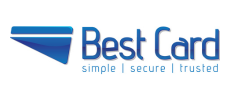

.png?sfvrsn=4447de7f_1)








